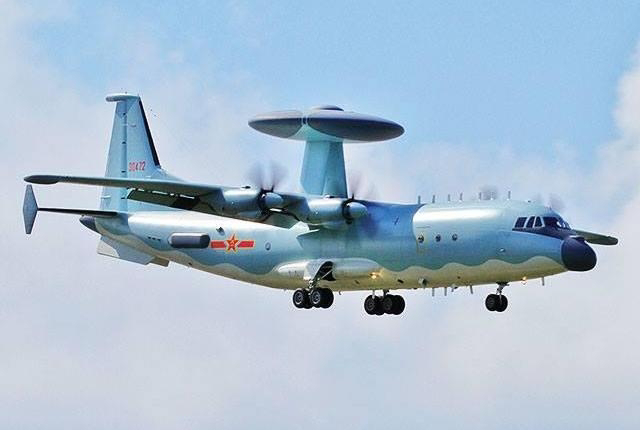Pakistan’s KJ-500 Acquisition: How China’s Spy Plane Threatens India’s Air Superiority
Defence affairs analysis
Far beyond a routine procurement, the integration of the KJ-500 into the Pakistan Air Force (PAF) arsenal cements Beijing’s role as the principal architect of Islamabad’s next-generation kill chain — a kill chain designed to compress decision loops and hold Indian fighter jets and surface assets at risk from greater distances.
In a dramatic escalation of South Asia’s aerial surveillance stakes, Pakistan’s confirmed acquisition of China’s Shaanxi KJ-500 Airborne Early Warning and Control (AEW&C) aircraft signals a profound leap in Islamabad’s ability to detect, track, and coordinate air operations deep inside Indian airspace.
Strategic analysts on both sides of the Line of Control agree that the induction of the KJ-500 represents a paradigm shift in the subcontinent’s electronic battlespace.
The KJ-500, derived from China’s proven Y-9 transport platform, is equipped with an indigenous, fixed AESA radar array capable of 360-degree coverage — a significant technological edge compared to older rotating rotodome systems employed by legacy AEW&C platforms.
According to open-source assessments, the KJ-500’s radar suite can reportedly detect fighter-sized targets at ranges exceeding 470 kilometers, offering Pakistan unprecedented early warning capability along its borders with India.
Defence analysts estimate that each KJ-500 unit costs approximately US$ 300 million (RM 1.4 billion), making it one of the most cost-effective airborne surveillance assets in the region when compared to Western alternatives such as the Boeing E-7 Wedgetail.
Its endurance — clocked at 12 hours — combined with a range of approximately 5,700 kilometers, allows the aircraft to maintain persistent situational awareness over contested air corridors from the Arabian Sea to the Himalayan frontiers.
“Pakistan is no longer operating in silos; the KJ-500 fuses command and control with real-time battlefield data, ensuring faster, more lethal responses,” said an Islamabad-based senior defence analyst who requested anonymity due to sensitivity.
In practical terms, a single KJ-500 orbiting near Lahore could monitor Indian Air Force (IAF) movements as far east as New Delhi, significantly compressing India’s response time in any aerial confrontation.
This development comes as Pakistan accelerates a wider transformation of its air combat doctrine, underpinned by China’s expanding military-industrial support.
Alongside the KJ-500, Islamabad’s procurement wishlist now features the fifth-generation J-35A stealth fighter and the HQ-19 long-range air defence missile — an integrated package aimed at neutralising India’s advantage in advanced fighters like the Rafale and Su-30MKI.



Comments
Post a Comment